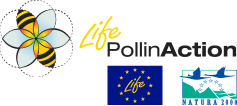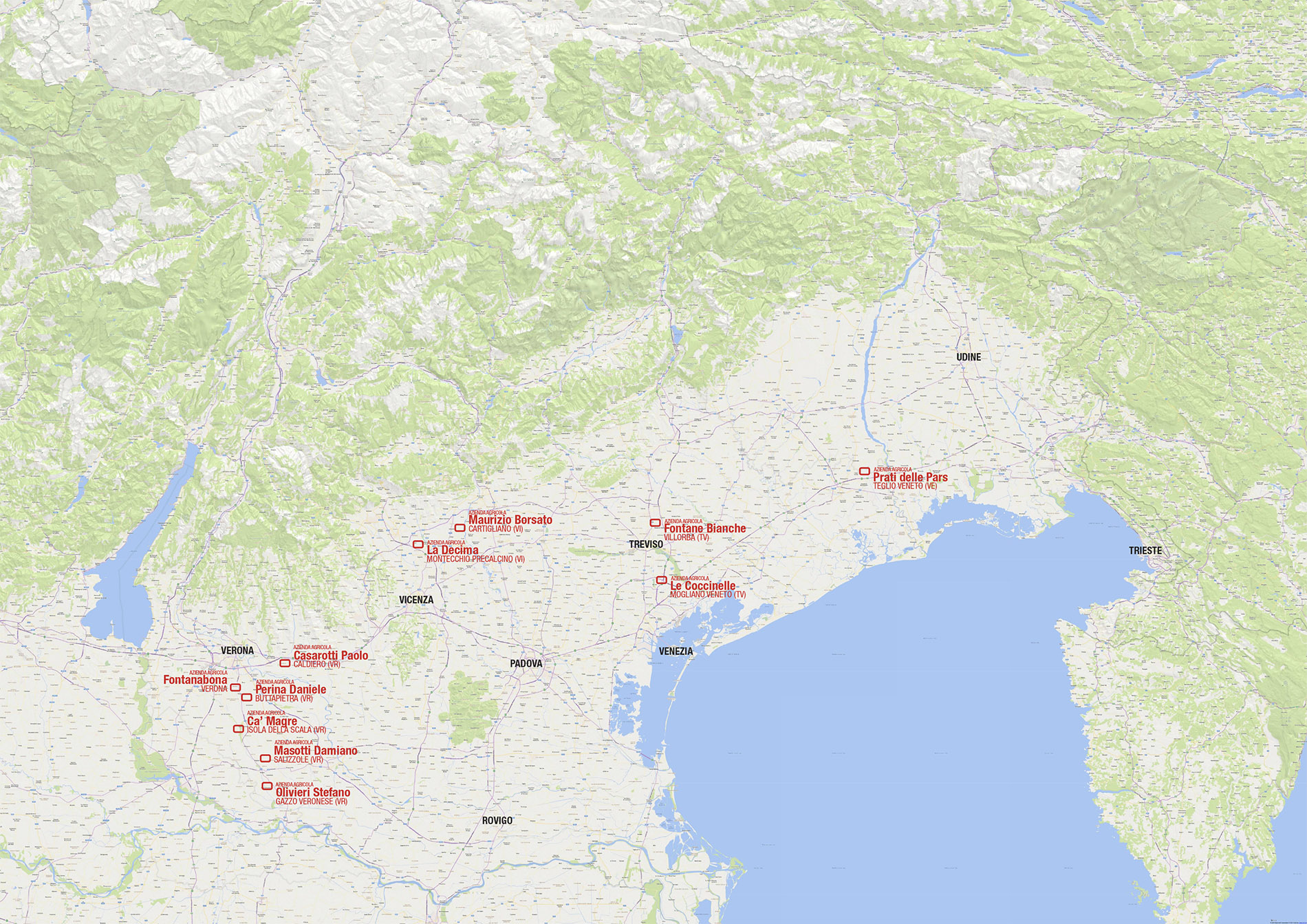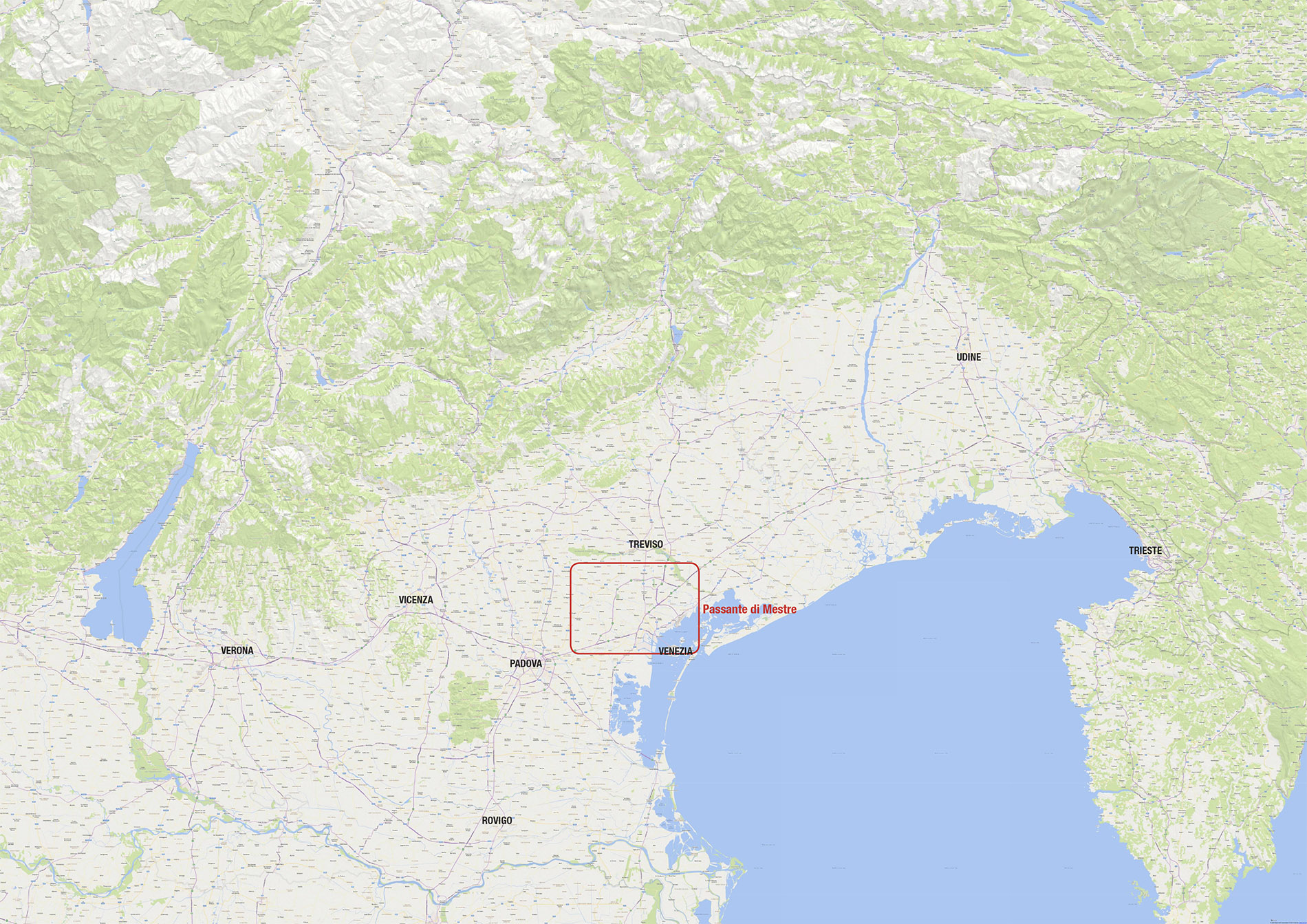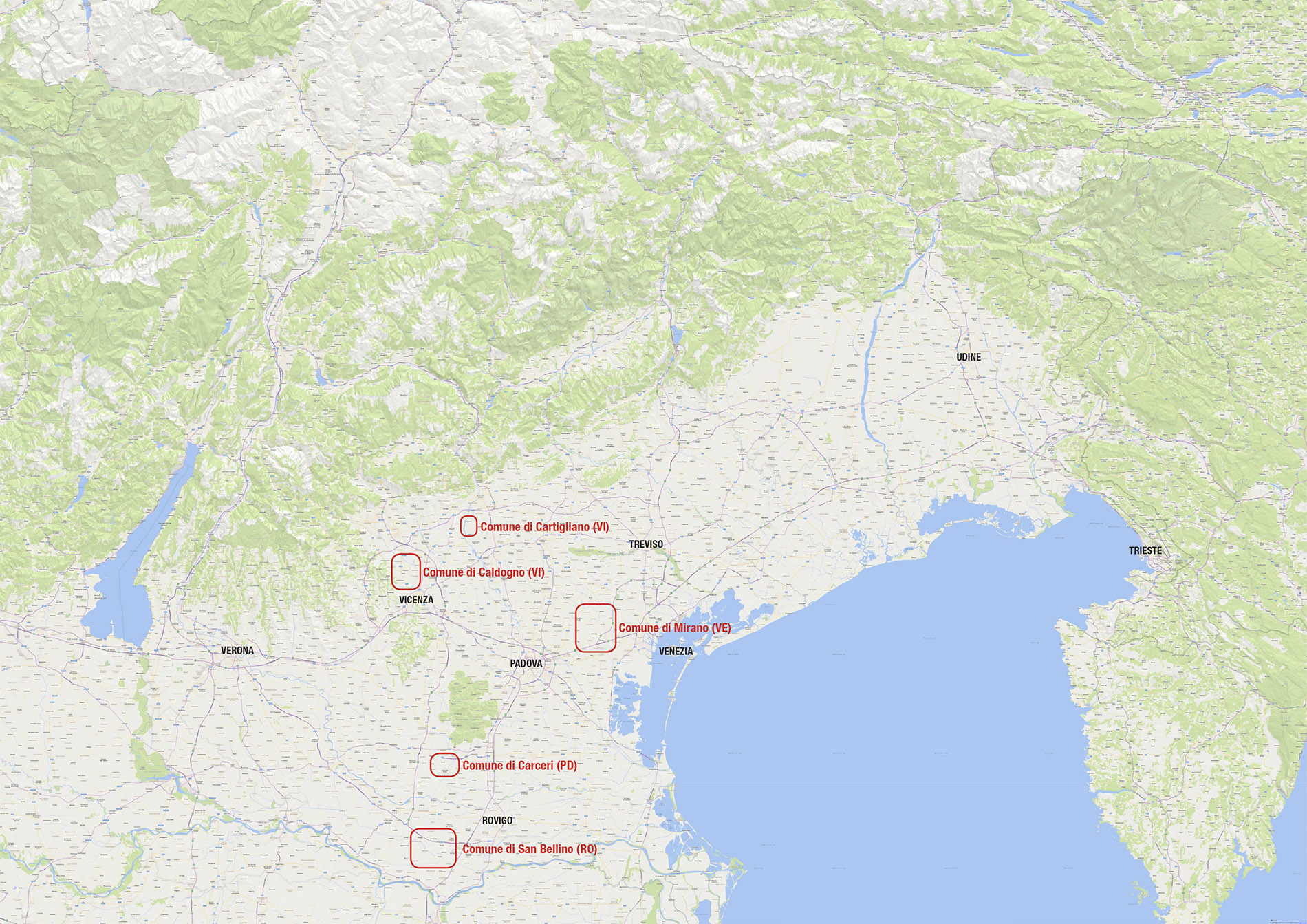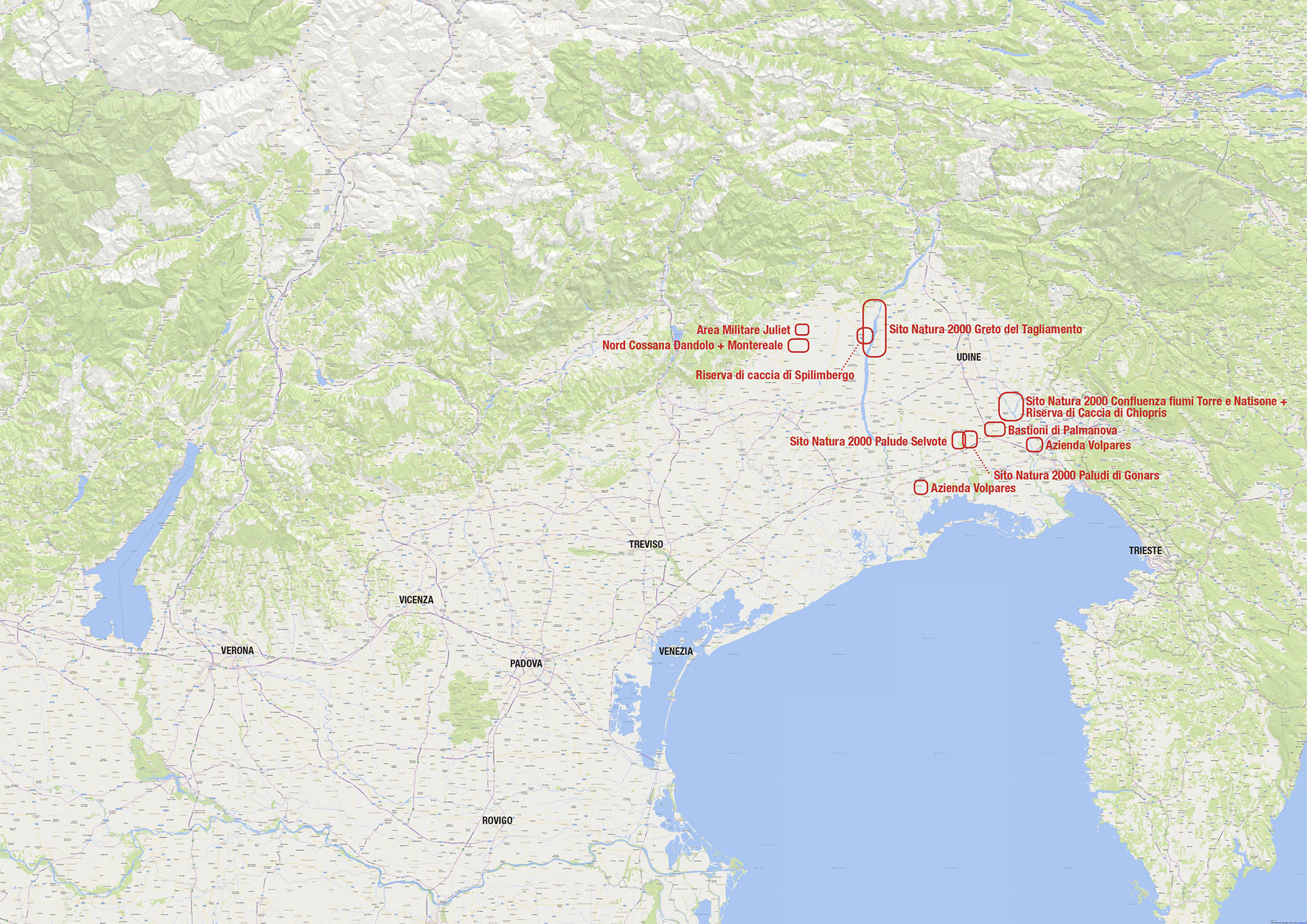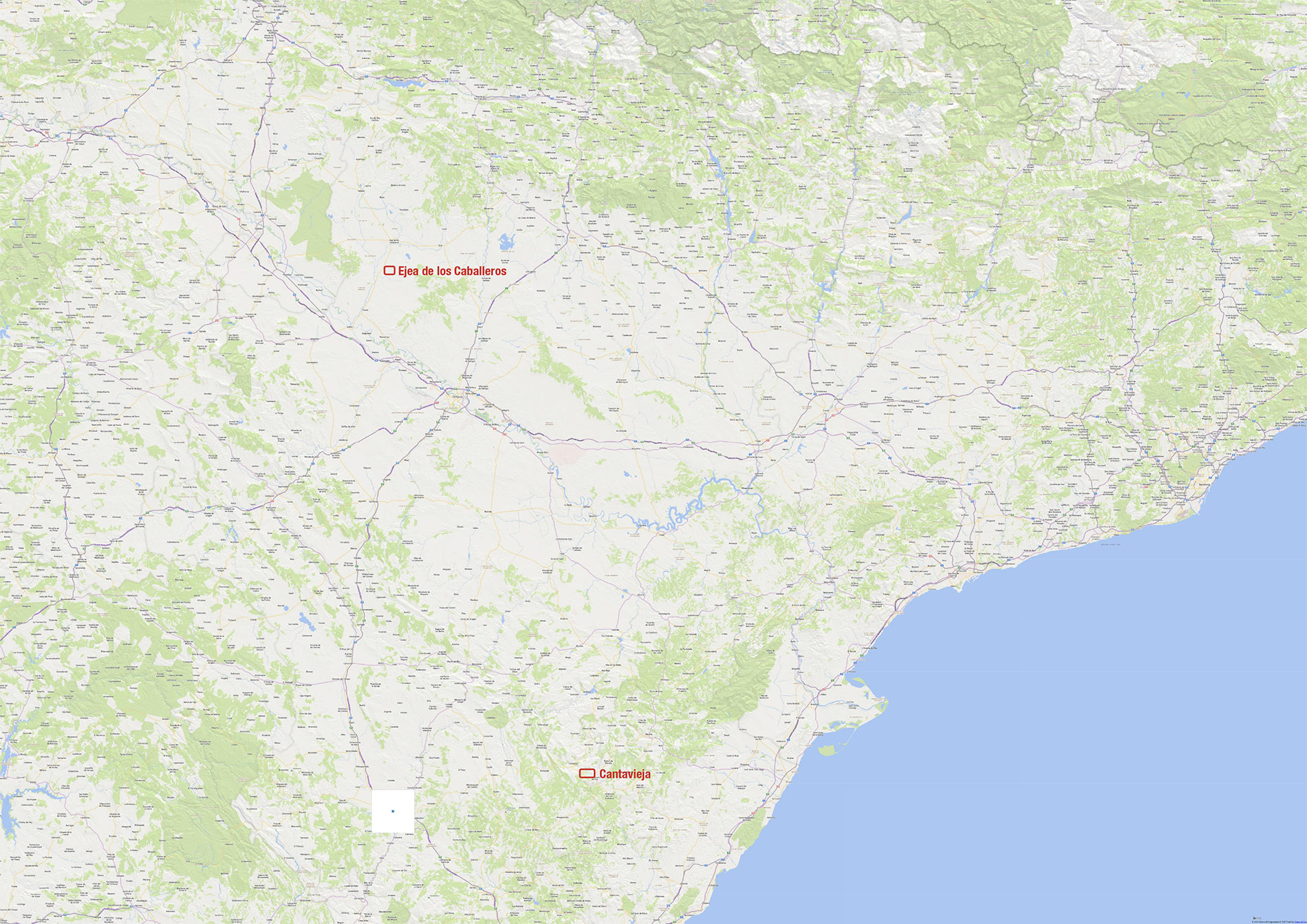Life PollinAction
PROJECT SITES
The project includes several sites in urban and rural areas as well as in protected natural and semi-natural areas. The presence and distribution of pollinators is the result of several factors operating at different spatial and temporal scales. The composition and configuration of the landscape influence the dispersal of pollinators in terms of their ability to move and the distance between habitats, as well as the degree of human modification of the surrounding landscape. For example, the distribution of different pollinator species changes in agricultural and urbanised landscapes, and the degree of landscape modification is a crucial factor for the occurrence and distribution of pollinators. For this reason, the project sites were selected according to their location in relation to protected areas such as Natura 2000 sites or other natural or semi-natural remnants. Indeed, in these areas, habitats tend to be larger and better connected, resulting in real pollinator reservoirs for the surrounding areas. The Project actions therefore have the dual objective of improving the protected areas, where appropriate, to strengthen their role as reservoirs for pollinators, and reducing the degree of isolation between them through interventions in the surrounding urban and rural landscape. Part of the project’s protected areas are part of the Natura 2000 network, i.e., sites subject to the European Habitats Directive (Directive No. 92/43/EEC on the conservation of natural and semi-natural habitats and of wild flora and fauna) and/or the European Birds Directive (Directive 2009/147/ EC of the European Parliament and of the Council of 30 November 2009 on the conservation of wild birds). The project sites thus become an integral part of the ecological network and help to improve connectivity between natural areas and increase landscape heterogeneity.

VENETO
(Italy)
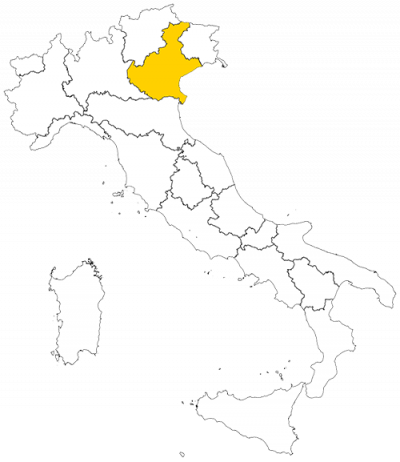

FRIULI VENEZIA GIULIA
(Italy)
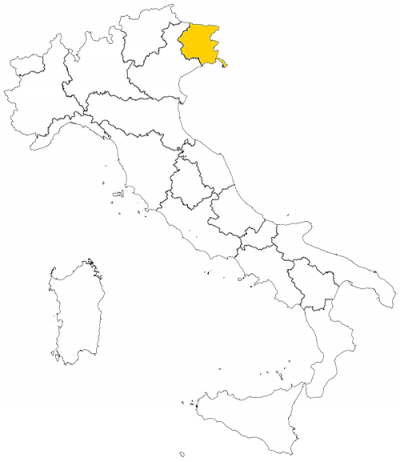

ARAGONA
(Spain)

